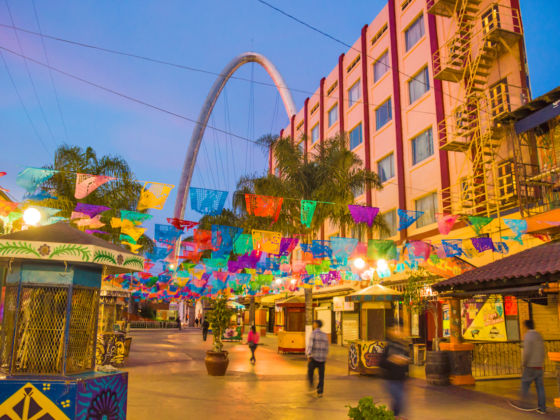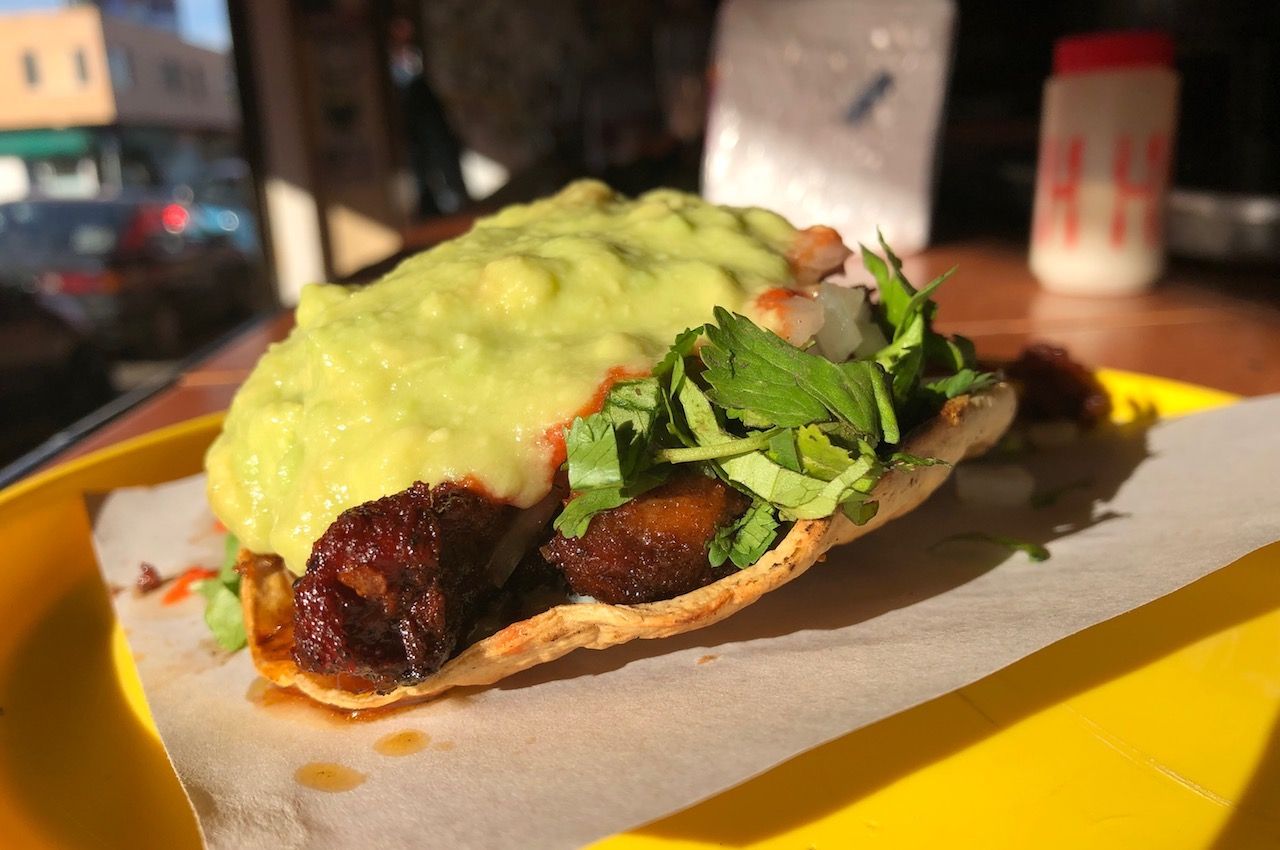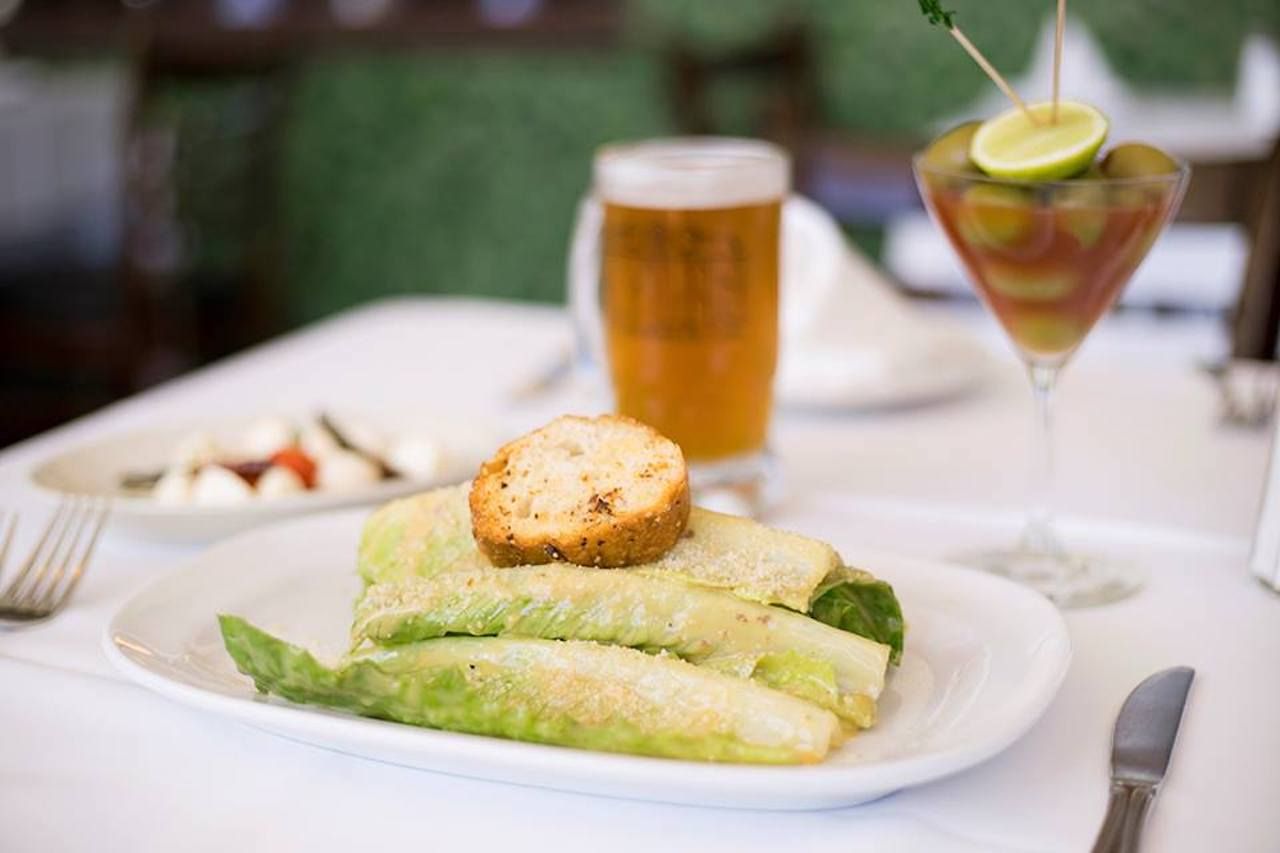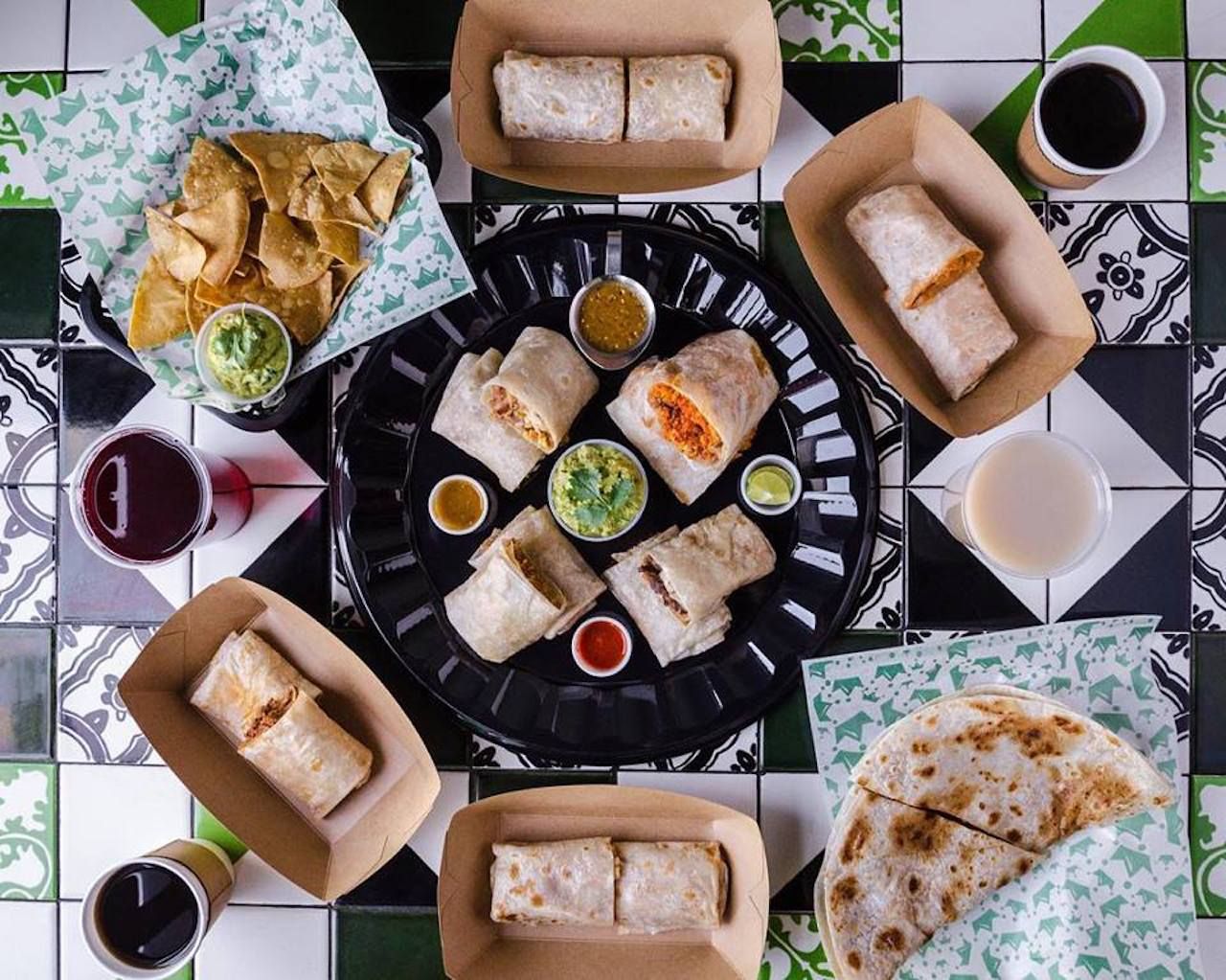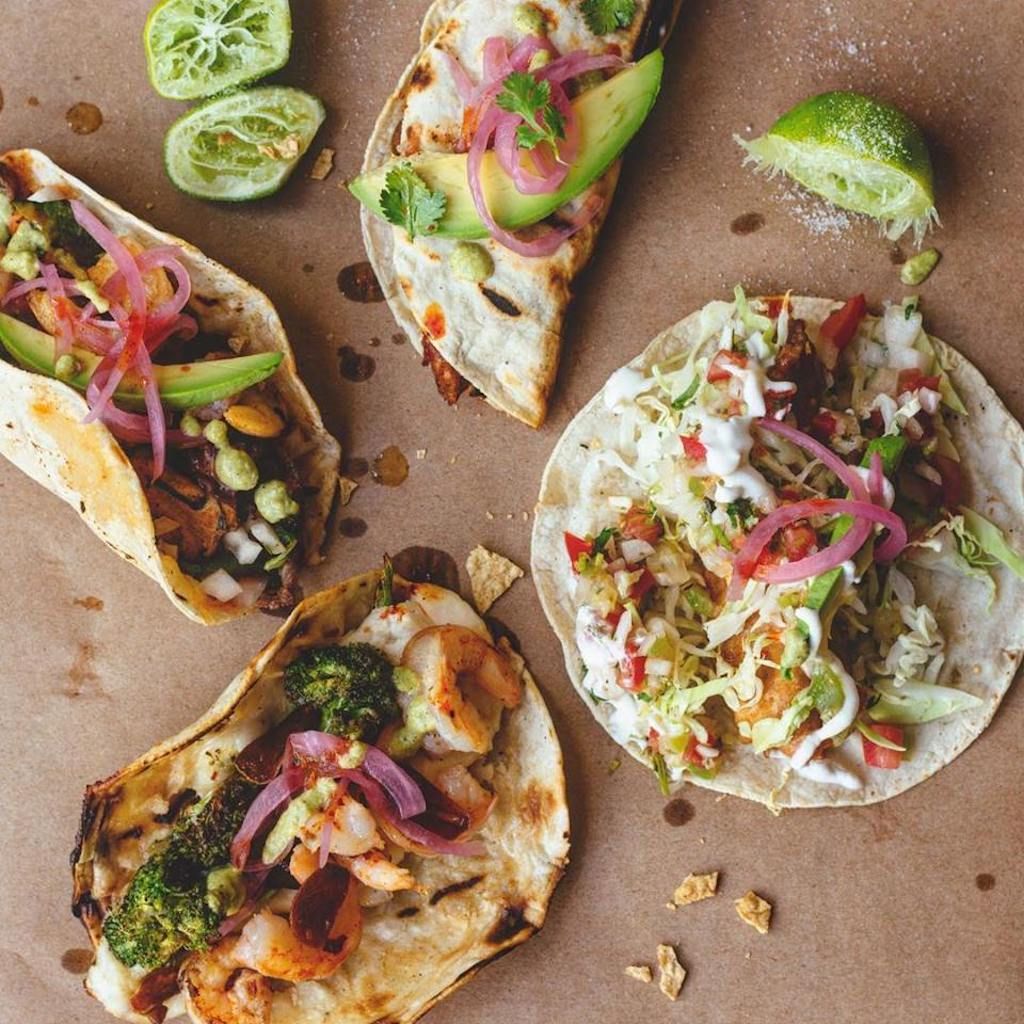Tijuana sits at the crossroads of Mexico and the US. Its best-known landmark is probably the US border, the most frequently crossed port of entry in the world. Referred to as “The City of Migrants,” Tijuana is where Mexicans can live and commute to the US for work, and where Americans can escape for a night or two without getting too far from their comfort zone. For migrants coming from the South, it’s the last stop before entering the US.
Yet Tijuana, one of the fastest growing cities in Mexico with more than 1.5 million residents, is becoming much more than a brief checkpoint. Thanks to an increasingly diverse population, Tijuana is on the verge of becoming a destination unto itself. If you’re unconvinced, all you need to do is look at the food.
You don’t have to be a foodie to find good food in Tijuana. Because of the wealth of street food and a large number of good restaurants, a traveler could easily sniff around and stumble upon some great finds. Diversity is Tijuana’s strength here, with culinary inspirations both past and present shaping the modern food scene.
